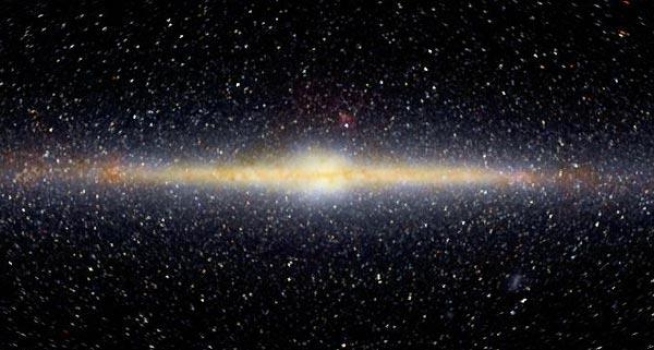Sequel of previous post : From Myth to Science
In this series of posts about the history of relativistic cosmology, I provide an epistemological analysis of the developments of the field from 1917 to 2006, based on the seminal articles by Einstein, de Sitter, Friedmann, Lemaître, Hubble, Gamow and other main historical figures of the field. It appears that most of the ingredients of the present-day standard cosmological model, including the accelation of the expansion due to a repulsive dark energy, the interpretation of the cosmological constant as vacuum energy or the possible non-trivial topology of space, had been anticipated by Lemaître, although his papers remain mostly unquoted.
The History of Relativistic Cosmology can be divided into 6 periods :
– the initial one (1917-1927), during which the first relativistic universe models were derived in the absence of any cosmological clue.
– a period of development (1927-1945), during which the cosmological redshifts were discovered and interpreted in the framework of dynamical Friedmann-Lemaître solutions, whose geometrical and mathematical aspects were investigated in more details.
– a period of consolidation (1945-1965), during which primordial nucleosynthesis of light elements and fossil radiation were predicted.
– a period of acceptation (1965-1980), during which the big bang theory triumphed over the « rival » steady state theory.
– a period of enlargement (1980-1998), when high energy physics and quantum effects were introduced for describing the early universe.
– the present period of high precision experimental cosmology, where the fundamental cosmological parameters are now measured with a precision of a few %, and new problematics arise (nature of the dark energy, topology of the universe, new cosmologies in quantum gravity theories, etc.)
Let us follow chonologically the rather hectic evolution of the ideas in the field. Continue reading The Rise of Big Bang Models (2) : Static solutions
